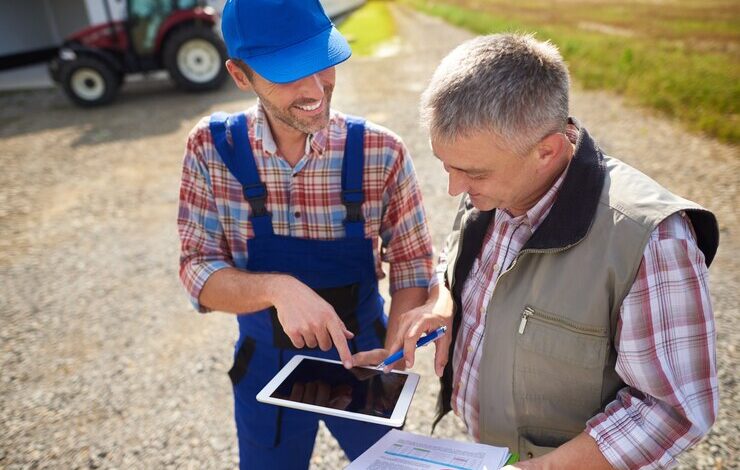Tips For Selecting the Ideal Location for Your Agricultural Structure

When establishing a successful agricultural operation, one crucial factor often overlooked is choosing the right area for your agricultural structure. The location of your farm building can significantly impact your efficiency, productivity, and overall success. This article will provide essential tips to help you make an informed decision when selecting the optimal location for your agricultural building.
Assess Local Climate Conditions
The first step in choosing the right area for your agricultural structure is to assess the local climate conditions. Different crops and livestock thrive in different climates, so choosing a location that aligns with your specific agricultural goals is essential. When deciding, consider elements like temperature variations, precipitation levels, and frost occurrence. Consider consulting historical weather data to understand the local climate’s variability better.
Soil Quality and Composition
The soil quality upon which your agricultural structure will be established is a pivotal determinant of your farming operation’s success. Conduct soil tests to determine its quality and composition. This information will help you select a suitable area for planting crops or housing livestock. Soil tests can reveal essential details such as nutrient levels, pH balance, and drainage capabilities, enabling you to make informed decisions about your agricultural structure’s location.
Accessibility
Accessibility is a critical consideration when choosing the location for your agricultural structure. Ensure that the area is easily accessible for both vehicles and machinery. A well-planned location will help streamline daily operations and reduce transportation costs. Additionally, consider the proximity of your agricultural structure to main roads, markets, and supply sources to ensure efficient transportation of goods and resources.
Topography and Drainage
The topography of the terrain holds significant importance, and it’s vital to opt for a location characterized by a gradual incline to facilitate effective drainage and reduce the potential for flooding. Adequate drainage is essential for preventing waterlogging, which can harm crops and livestock. Assess the land’s natural drainage patterns and consider implementing drainage systems if necessary to maintain optimal conditions for your agricultural structure.
Zoning and Regulations
Before finalizing your choice of location, research local zoning regulations and land use policies. Regulations about agricultural activities and structures can exhibit notable variations from one geographical area to another, potentially imposing restrictions on specific farming practices within designated zones. Ensure that your intended use of the land aligns with local zoning and regulatory requirements to avoid potential legal complications down the road.
Proximity to Utilities
Access to utilities such as electricity, water, and gas is essential for the smooth operation of your agricultural structure. Choose a location near these services to minimize installation costs and ensure reliability. Adequate access to utilities will also facilitate the use of modern farming equipment and technology, enhancing overall efficiency.
Future Expansion
Consider your long-term goals when selecting the location for your agricultural structure. Plan an expansion and ensure the chosen area accommodates your growing needs. If necessary, assess the availability of adjacent land for purchase or lease to ensure scalability for your farming operation.
Environmental Impact
Agricultural activities can exert a notable influence on the environment. When choosing the location for your agricultural structure, be mindful of its potential environmental impact. Avoid sensitive areas such as wetlands, protected wildlife habitats, or areas prone to erosion. Implement sustainable farming practices to minimize the environmental footprint of your operation.
Security and Safety
Security is a top priority for any agricultural operation. Assess the safety and security of the chosen location. Consider factors such as proximity to emergency services, crime rates in the area, and the installation of security measures like fencing and surveillance systems. A secure location is vital for protecting your investment and ensuring the safety of your crops and livestock.
Community and Market Access
Lastly, consider the proximity to the local community and markets. Being close to potential customers and distribution channels can be advantageous for marketing your agricultural products. It also allows for easier access to labour and support services. Evaluate the demand for your products and whether the chosen location aligns with your marketing strategy.
Conclusion
Choosing the right area for your agricultural building is a critical decision that can significantly impact the success of your farming operation. Assessing local climate conditions, soil quality, accessibility, topography, zoning regulations, proximity to utilities, future expansion possibilities, environmental impact, security, and market access are all essential factors to consider. By carefully evaluating these aspects, you can make an informed choice that maximizes your agricultural productivity and ensures the long-term sustainability of your farming venture.



